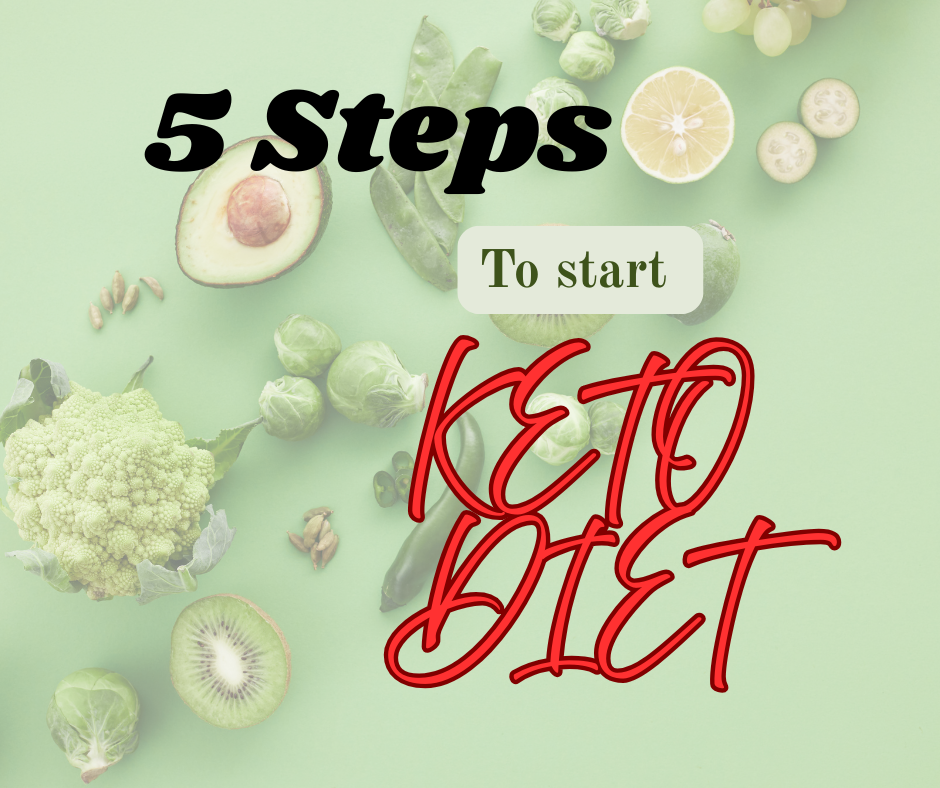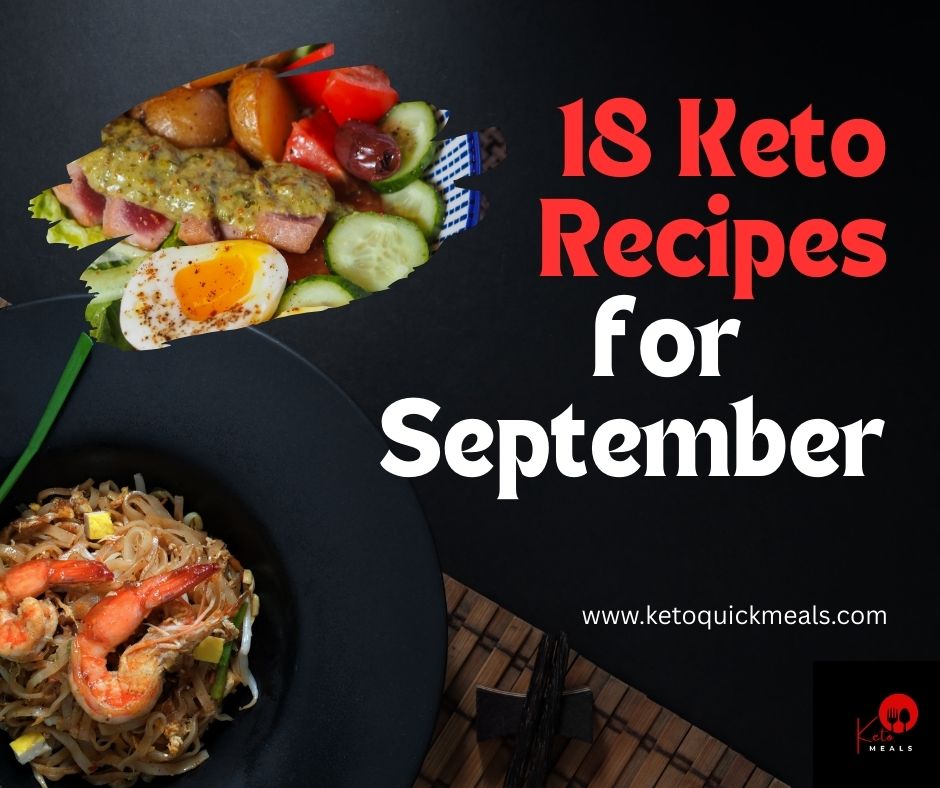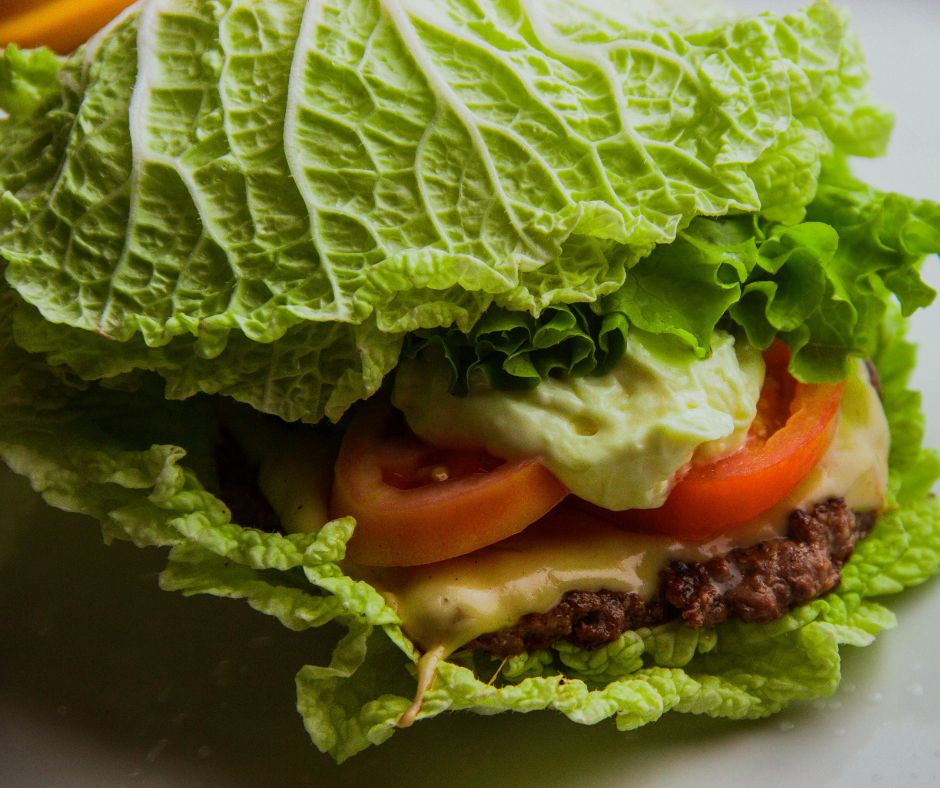
How to start the keto diet?
The keto diet has become one of the most talked-about lifestyle changes in the health and wellness community. Known for its effectiveness in promoting weight loss, improving energy levels, balancing blood sugar, and even boosting mental clarity, the ketogenic way of eating is not just a trend—it’s a sustainable choice for many people. But if you’re new to it, you may find yourself wondering exactly how to start the keto diet without getting overwhelmed by all the rules, restrictions, and confusing information out there.
Starting any new diet can feel intimidating, and keto is no exception. Questions like: Should I count carbs every day? Do I need to track fat intake? What foods are actually allowed, and which ones should I completely avoid?—these are common concerns every beginner has. The truth is, learning how to start the keto diet doesn’t have to be complicated or stressful. With the right approach, you can ease into it step by step, build confidence with your food choices, and enjoy the benefits that so many people rave about.
At its core, the keto diet is about training your body to switch from using glucose (sugar and carbs) as its primary fuel source to using fat for energy. When you eat very few carbs and focus on healthy fats, your body enters a metabolic state called ketosis. In ketosis, fat becomes your main source of energy, leading to fat burning, improved metabolism, and in many cases, faster weight loss. Knowing this process helps you understand why learning how to start the keto diet correctly is so important—because your success depends on how well you transition into ketosis.
The first thing you should know is that keto doesn’t mean eating only bacon, butter, and cheese (although those foods are keto-friendly in moderation). Instead, it’s about creating a balanced plate filled with whole, nutrient-dense foods that are low in carbs but high in flavor and nutrition. This includes options like avocados, leafy greens, fatty fish, eggs, nuts, seeds, and healthy oils such as olive oil and coconut oil. Learning how to start the keto diet the right way means focusing on these foods, staying hydrated, and gradually adjusting your eating habits so your body adapts smoothly.
Another key point for beginners is to remember that keto is not just about weight loss—it’s about building a healthier lifestyle. Yes, many people turn to keto because they want to burn fat quickly, but the benefits go beyond the scale. When you figure out how to start the keto diet, you’ll also discover improvements in focus, mental clarity, and even better energy throughout the day. Many beginners report that they no longer feel the “sugar crashes” or mid-afternoon fatigue they used to experience when they ate carb-heavy meals.
Still, one of the challenges when you first learn how to start the keto diet is avoiding common mistakes. Many beginners unknowingly eat hidden carbs found in sauces, packaged foods, or drinks, which can kick them out of ketosis. Others forget to increase their water and electrolyte intake, leading to symptoms of the “keto flu.” This is why having a clear, step-by-step guide is so helpful. You don’t want to go into keto blindly; you want to be prepared, informed, and motivated.
In this guide, we’ll break down the process into 5 easy and practical steps that anyone can follow. Whether your goal is to lose weight, gain more energy, or simply explore a new way of eating, you’ll learn exactly how to start the keto diet without feeling overwhelmed. By the end, you’ll have the knowledge and confidence to begin your ketogenic lifestyle and stay consistent with it.
So, if you’ve been curious about keto but didn’t know where to begin, this is your chance. Keep reading to discover the 5 simple steps for how to start the keto diet as a beginner and set yourself up for success from day one
Step 1: Define Your Goal and “Why”

Before changing what’s on your plate, ask yourself: Why am I starting keto?
Your goal will shape your approach:
- If your goal is weight loss, you’ll focus on a calorie deficit while staying in ketosis.
- If you want better focus and energy, you’ll emphasize high-quality fats like avocado and MCT oil.
- If you’re looking to manage blood sugar levels, consistency and carb tracking will be your top priority.
Pro Tip: Write your “why” on paper and keep it visible. On days you feel low motivation, this reminder will keep you consistent.
Step 2: Calculate Calories and Macros

The keto diet is about low carb, high fat, moderate protein eating. But how low is low carb? And how much fat do you really need?
Here’s a beginner-friendly breakdown:
- Carbohydrates: 20–50g net carbs per day (about 5–10% of daily calories)
- Protein: 1.2–1.6 g per kg of body weight (about 20–25% of calories)
- Fat: The rest of your calories (about 65–75%)
Example: If you eat 2,000 calories per day → 25g net carbs, 100g protein, 150g fat.
Why this matters: Reducing carbs pushes your body into ketosis, where it burns fat for fuel instead of glucose.
Pro Tip: Use free apps like Carb Manager or Cronometer to calculate and track your macros.
Step 3: Learn Keto-Friendly Foods (and What to Avoid)

One of the hardest parts of keto for beginners is knowing what to eat. To keep it simple, here’s a breakdown:
✅ Foods to Eat:
- Proteins: eggs, chicken, beef, salmon, sardines, lamb
- Fats: avocado, olive oil, coconut oil, butter, ghee
- Vegetables: spinach, kale, zucchini, broccoli, cauliflower
- Dairy: cheese, heavy cream, unsweetened Greek yogurt
- Snacks: nuts, seeds, olives
❌ Foods to Avoid:
- Bread, rice, pasta, potatoes
- Sweets, cakes, sugary drinks, candy
- Most fruits (bananas, apples, grapes)
- Processed foods with hidden sugars and carbs
Pro Tip: Stick to foods with fewer than 5g net carbs per serving.
Step 4: Plan Your Meals and Track Progress

Planning ahead makes keto easier and prevents slip-ups.
How to Plan Your Meals:
- Pick 2–3 breakfast options (e.g., omelet with cheese, keto smoothie, scrambled eggs).
- Choose 2–3 lunch options (e.g., grilled chicken salad, salmon with spinach, bunless burger).
- Prepare 2–3 dinner options (e.g., steak with broccoli, zucchini noodles with shrimp, baked chicken thighs).
Batch cooking helps save time. You can cook proteins and veggies in bulk and mix them into different meals.
Why Tracking Helps:
Tracking lets you see if you’re staying within your carb limit. It also shows patterns—like if dairy or nuts are slowing your weight loss.
Pro Tip: Don’t forget hydration and electrolytes. Drink plenty of water and add pink Himalayan salt or electrolyte supplements to avoid the keto flu.
Step 5: Be Patient, Adjust, and Stay Consistent

Starting keto isn’t just about changing food—it’s about changing habits.
What to Expect:
- First 3–5 days: You may feel tired, experience cravings, or get headaches (this is “keto flu”).
- Week 2–3: Energy starts increasing, hunger decreases, and your body adapts to fat as fuel.
- After 1 month: Clearer mind, weight loss progress, and steady energy.
How to Stay Consistent:
- Track progress with photos, not just the scale.
- Celebrate small wins like fewer cravings or better sleep.
- Adjust macros if weight stalls or energy dips.
Pro Tip: Focus on progress, not perfection. Even if you slip up, just return to your next keto meal.
Bonus: Common Mistakes Beginners Make
- Eating too many “keto snacks” (they can stall weight loss).
- Forgetting about electrolytes → leading to fatigue.
- Fearing fat and under-eating (you need fat for energy).
- Ignoring sleep and stress—both affect results.
- Not drinking enough water.
Keto Diet FAQs (Beginner-Friendly)
1. How long does it take to get into ketosis?
Usually 2–4 days, depending on your carb intake, activity, and metabolism.[source]
2. Can I eat fruit on keto?
Yes, but stick to low-carb fruits like berries in moderation.[1]
3. Do I need supplements?
Not mandatory, but electrolytes, MCT oil, and magnesium can help.
4. Can I do keto as a vegetarian?
Yes—focus on eggs, cheese, tofu, tempeh, nuts, seeds, and low-carb veggies with healthy fats.[1]
Conclusion
Starting the keto diet as a beginner doesn’t have to be overwhelming. Just follow these 5 easy steps:
- Define your goal and motivation.
- Calculate your calories and macros.
- Learn keto foods and avoid high-carb ones.
- Plan meals and track your progress.
- Be patient, stay consistent, and adjust as needed.
With dedication and the right approach, keto can help you achieve weight loss, better energy, and improved health. Remember, consistency beats perfection.
Ready to take the next step in your keto journey?
Visit Delicious Recipes & Blogs – Keto, Healthy & Quick Meals for more beginner-friendly keto recipes, tips, and meal plans. Don’t forget to subscribe to our newsletter and grab your FREE Keto Starter Toolkit – packed with meal ideas, shopping lists, and tips to help you stay on track. Get every new recipe delivered straight to your inbox!
📌 Want a handy version of this guide (how to start keto diet)?
We’ve created a FREE downloadable PDF of the 5 Easy Steps, how to Start the Keto Diet so you can save it on your phone or print it out. Download the PDF here.

